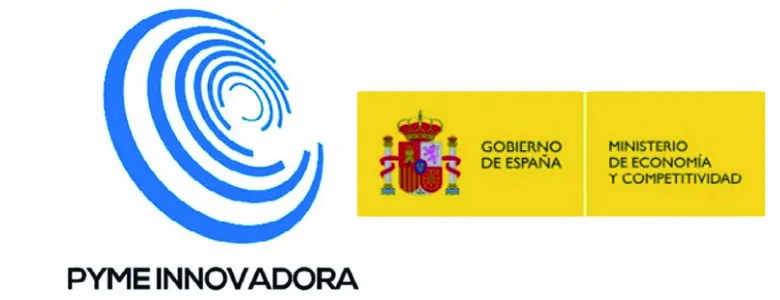
H2020
 European
European
Consortium characteristics
 :
The aid is European, you can apply to this line any company that is part of the European Community.
:
The aid is European, you can apply to this line any company that is part of the European Community.
characteristics of the Proyecto
Expenses related to personnel working directly on the project are based on actual hours spent, based on company costs, and fixed ratios for certain employees, such as the company's owners.
Payments to external third parties to perform specific tasks that cannot be performed by the project beneficiaries.
They include the acquisition of equipment, amortization, material, licenses or other goods and services necessary for the execution of the project
Miscellaneous expenses such as financial costs, audit certificates or participation in events not covered by other categories
Overhead costs not directly assignable to the project (such as electricity, rent, or office space), calculated as a fixed 25% of eligible direct costs (excluding subcontracting).
Characteristics of financing
Additional information about the call
other advantages


